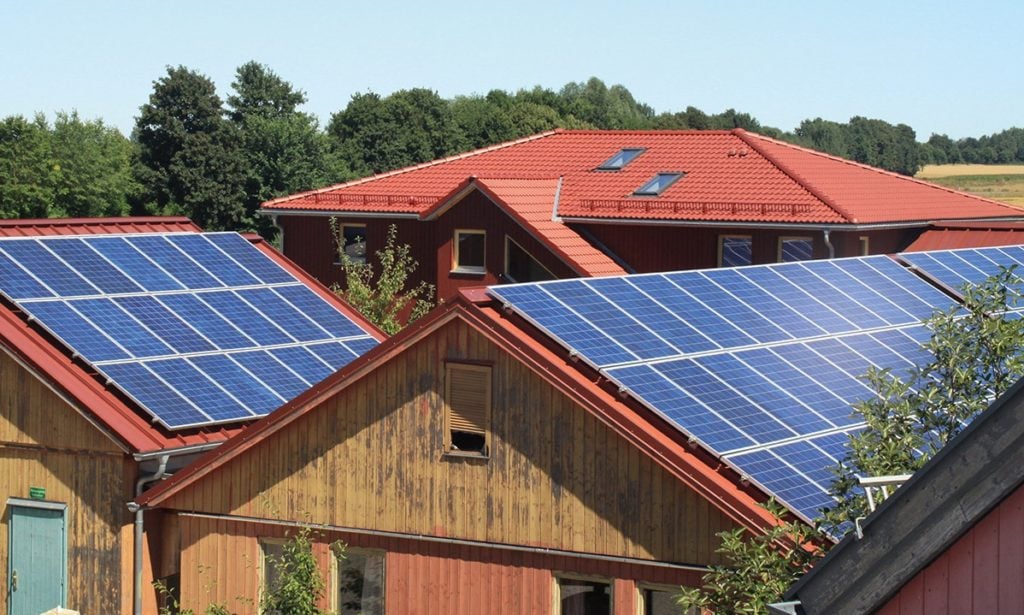The German solar power industry faces setbacks with declining domestic production and heavy reliance on Chinese imports, even as solar energy usage increases across the country.

In Germany, the production of solar modules is declining, and most solar systems installed domestically come from China. However, the use of solar energy is on the rise.
The production of solar panels continues to decline in Germany. Compared to the previous year’s quarter, the number of produced solar modules fell by 52.8 percent to just under 495,600 units, according to current figures from the Federal Statistical Office. Already last year, the production of solar modules in Germany had decreased: in 2023, around 3.4 million solar modules were produced, about 13 percent less than the previous year.
China is the most important import country
Imports from the most important import country, China, also declined in the first five months of this year: from January to May, imports decreased by two-thirds compared to the same period last year, to just under 605 million euros. In 2023, photovoltaic systems worth nearly 3.6 billion euros were imported into Germany, a decrease of 12.5 percent compared to the previous year.
China is Germany’s most important manufacturer of solar modules: 86.4 percent of the photovoltaic systems imported to Germany in 2023 came from the People’s Republic. This was followed by the Netherlands with 5.4 percent and Vietnam with less than three percent.
This element contains data from 23degrees.io. You can block the embedding of such content on our privacy page.
Twelve percent of electricity comes from the sun
Despite the declining production and import figures, solar energy continues to be on the rise in Germany: in April 2024, 3.4 million systems with a nominal capacity of 81,500 megawatts were installed. This was almost 30 percent more systems than a year earlier, while the installed capacity increased by 20.5 percent.

In 2023, solar systems supplied a record 53.6 million kilowatt-hours, accounting for nearly twelve percent of the electricity fed into the grid in Germany. More than a quarter of the solar power was generated in June alone.
Among the electricity producers who feed their produced solar power into the grid and receive money for it are also 1.8 million private households. In 2022, they earned an average of 183 euros per month with their self-produced solar power, nearly a third less than seven years earlier.
In coming years, Germany is expected to continue to lead the growth in solar power generation within the European Union (EU). Europe’s solar power generation is projected to increase by 50 TWh this year, thanks to expanded capacity installations across the continent, with Germany at the forefront. Germany’s commitment to renewable energy aligns with its goal to reach net-zero carbon emissions by 2050. Other notable EU countries contributing to solar energy include Spain, Italy, Poland, and the Netherlands.









